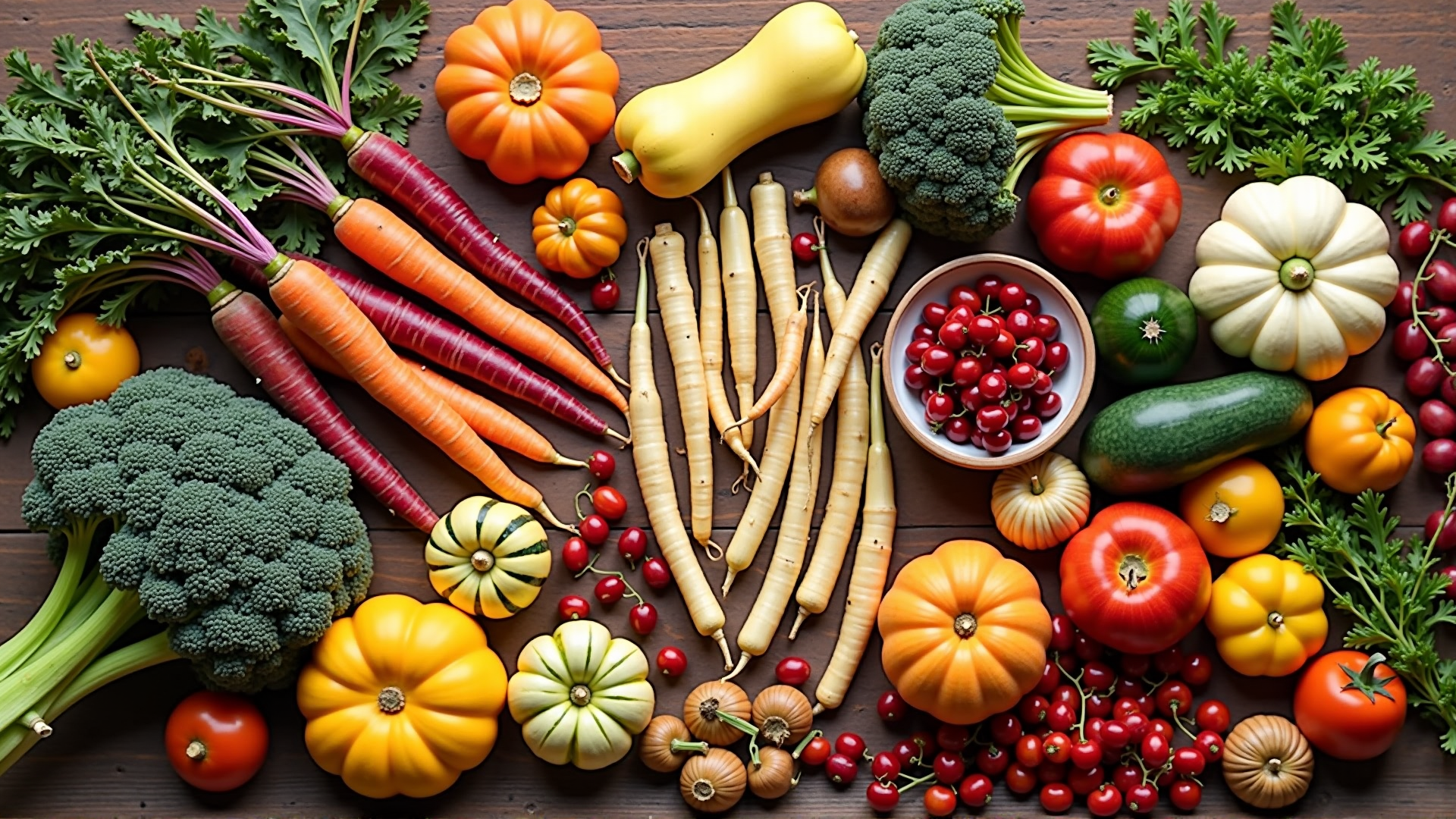Canada's diverse landscapes and climates give rise to a rich array of seasonal ingredients that define its cuisine. Embracing these ingredients not only enhances the flavor of your dishes but also supports local farmers and promotes sustainability. Here’s a guide to some quintessential Canadian seasonal ingredients and how you can incorporate them into your cooking.
Spring: As winter thaws, Canada’s landscape bursts into life with a vivid palette of fresh greens and delicate flavors.
-
Fiddleheads: These young fern shoots are one of the first signs of spring in Canada. Their unique, slightly nutty taste and crisp texture make them a delight in salads or lightly sautéed as a side dish. To prepare, simply wash and steam them, then toss with olive oil, garlic, and a squeeze of lemon juice for a simple yet delicious offering.
-
Maple Syrup: Spring is synonymous with maple syrup, a symbol of Canadian culinary identity. Beyond pancakes, maple syrup can be used to glaze meats, sweeten vinaigrettes, or enhance the flavors of roasted vegetables. Try drizzling it over roasted carrots or using it to create a sticky, flavorful glaze for salmon.
Summer: With long days and abundant sunshine, summer brings vibrant fruits and vegetables that are perfect for bright, fresh dishes.
-
Wild Blueberries: Nova Scotia and New Brunswick are renowned for their wild blueberries, smaller and more intensely flavored than their cultivated counterparts. Use them in pies, muffins, or sauces. A blueberry compote pairs beautifully with seared duck or a classic cheesecake.
-
Corn: Sweet, juicy corn is a summer staple from Ontario to the Prairies. Grill whole ears for a smoky flavor and enjoy them with a sprinkle of sea salt and chili powder. Alternatively, shave the kernels off the cob to add sweetness and color to salads, salsas, or even creamy chowders.
Fall: As the days grow cooler, Canadian produce shifts towards heartwarming ingredients that offer comfort and depth.
-
Pumpkin and Squash: Ontario and Quebec produce a variety of pumpkins and squashes, ideal for soups, risottos, and roasted side dishes. Try a roasted butternut squash soup with a hint of nutmeg, or use pumpkin puree in savory curries or as a pasta filling.
-
Cranberries: Harvested in the fall, cranberries are more than just a side for turkey dinners. These tart berries can be transformed into sauces, relishes, or dried for salads and baked goods. For a creative twist, use cranberry sauce as a filling for turnovers or pair it with a brie and walnut tart.
Winter: With the ground frozen, Canadians turn to hearty, storage-friendly ingredients to get through the season.
-
Root Vegetables: Carrots, parsnips, and beets are winter heroes, offering earthy sweetness and versatility. Roast them with thyme and olive oil for a simple side dish, or blend them into a rich vegetable soup. A carrot and ginger puree offers a vibrant counterpoint to winter stews.
-
Brussels Sprouts: Often underrated, these little cabbages become beautifully caramelized when roasted. Toss them in balsamic vinegar and maple syrup before roasting for a balance of sweet and tangy flavors. They’re a marvelous accompaniment to roasted meats or in a warm, winter salad with nuts and cheese.
By incorporating these seasonal ingredients, you’ll not only enhance the flavor and nutritional value of your meals but also support local agriculture and reduce your carbon footprint. Whether you’re a native Canadian or a culinary explorer, embracing the bounty of each season is a delicious way to celebrate the unique flavors of Canada.
